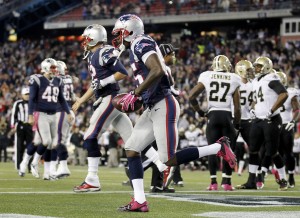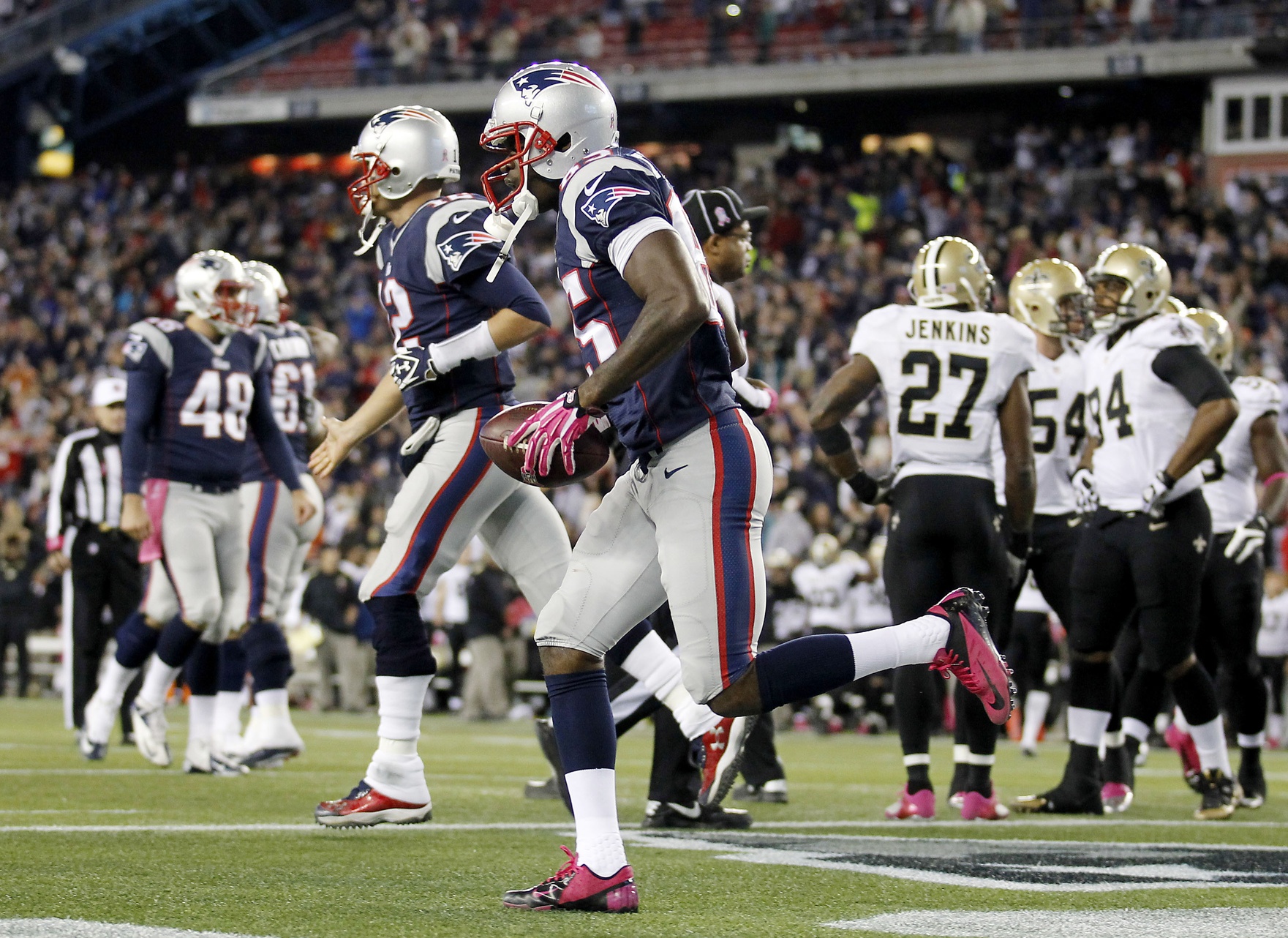The following article is a guest contribution from Evan Brennan. Mr. Brennan is a current student at Chapman Law School. He holds a Master’s degree in Sports Management from California State University at Long Beach, and a Bachelor’s degree from Brigham Young University. He has worked in athlete public relations, marketing, and other areas for various sports professionals and companies for years. Follow him at @brennansports on Twitter.

In the 2013 NFL Draft, 254 college and amateur players were drafted by NFL clubs. Yet, thousands of amateur players signed Standard Representation Agreements with NFL agents and attempted to extend their career to the pro level. Statistically speaking, most agents will represent more clients that will not be drafted than those that will be drafted. Beyond this, some have calculated that undrafted rookies have less than a 15% chance of making an NFL roster, depending on classification of players included.
Given those very sobering numbers, how do undrafted free agent (UDFA) prospects and their agents or potential agents approach their representation differently than players taken in the NFL Draft? First, for both the agent and the player, there needs to be an understanding that the chances of the player going undrafted are very real. An astute agent taps into his net of resources during and through the collegiate season to adequately assess what a player’s prospects are. Through this, a well-connected agent can gain a better understanding as to where a player sits, or does not sit in as to true NFL potential and assessment.
Many times there are dominant collegiate players, who due to their performance on the field in college, feel that they are a much higher NFL Draft prospect than they actually are. Other factors such as comparisons to successful former or current collegiate teammates, often overstated media reports and analyses, and well-intentioned (albeit misinformed or overly enthusiastic) promotion from loved ones as to a player’s NFL prospects, also lead to issues in this regard. Some NFL agents themselves are not immune either from inflating a player’s prospects, either by optimistic naivety or through a more worrisome purposeful inflation in an attempt to sign a player. Either way, both sides being clear as to the reality that a player is a potential non-draftee is paramount. The refusal to do so, by either side, could be a sign of problems to come down the road.
Involved in the recruitment of any player is the business decision as what to do with training and NFL Draft preparation. Positional work, interview prep, and nutrition are other market segmentators and differentiators that can factor into services provided in this training. The costs inherent in this can vary greatly from thousands to tens of thousands of dollars. Herein comes the precarious balance for agents: giving the client the best chance for success and the showing of support, and the very real reality that he will not recoup any of his investment.
Agents that deal with undrafted free agents (which is statistically a large portion) are faced with a tough choice: invest heavily in a player that has less than 20% of returning that investment, or minimize (or completely avoid) their investment, and risk miss signing the prospect. Different strategies for different agents cause there to be a multiplicity of approaches when dealing with UDFAs. The ability to sell a prospect on other benefits of going with the agent outside of financial investment, the benefits of going with a trainers that happen to be much more economical, giving the money on a loan basis, lowering the agent fee percentage, etc. are all examples of these methods that many utilize in this situation. Agents would be well served to understand the needs of their clients, and thinking outside the box to effectively meet them, without the bells and whistles of certain training facilities when dealing with undrafted free agents.
Regardless, there needs to be a firm (and written) understanding as to what the agent is going to provide in monetary investment (if any) to a player. It behooves undrafted players to understand that monetary investment of any kind is merely a portion of the services, expertise, and overall investment that an agent will make in a player, especially given the low probability that an agent will recoup said investment. A holistic, broad, and long-term review of what an agent provides would be recommended to any player, likely to be drafted or not.
Beyond this, the ability to pitch a potential undrafted free agent to the all-important collegiate all-star game personnel should not be discounted for a prospect. The chance that a player can be seen and evaluated by NFL scouts against others of a higher-than-average skill level could be a difference maker for a player. A strong caveat to this being that some games are more influencable than others by agents, (especially true for likely UDFAs to be) and that the reality of an agent’s ability to pull off such a proposition may need to be explored and verified beyond simple enthusiastic suggestions and sales pitches taken as forgone fact. Attendance by the agent at these games and chatting with personnel and scouts is another sales point of an agent’s offer, as it has not only obvious value of finding out more about what teams think about an agent’s client, but also the ability to sell teams as to a player’s abilities and assets. Showing support for a player cannot be dismissed as well.
Other important things for those likely to be undrafted to consider are the experience of an agent, the experience of an agent with a particular position group, and the agent’s plan for exposure to scouts and influencers. Agents carve out niches in various realms of the aforementioned, and will utilize their strengths to the hilt when recruiting. While with draftable players, significant efforts may be put into public relations and endorsement efforts, given the precarious nature of a potential undrafted player’s pro career this early, while intriguing down the road, such efforts and sales pitches could be largely superfluous and extraneous this early.
The ability to place a player on a team is enormous for an agent and his client. Studying a roster and seeing tendencies, vacancies, and needs are important, but so is seeing which teams keep more UDFAs, what positions those players tend to play, as well as seeing the economic, schematic, and contractual past, future, and present of NFL teams’ coaching staffs, front offices, and rosters. Agents would be wise to show a track record of being able to place UDFAs on teams in using the above methods. Players would be wise to consider agents that have had success with undrafted players by asking for a well researched, previously successful, and detailed plan of how to place them on an NFL roster.
Understanding that undrafted players are different than drafted players in approach, investment, risk, and marketability is key for both sides. Many undrafted players have gone on to achieve high levels of success in the NFL, which can be attributed in some regard to the great work and effort by their representatives.

One reply on “Representing The NFL Undrafted Free Agent”
This sounds non-specific. Any examples or was this writer just certified as an agent?